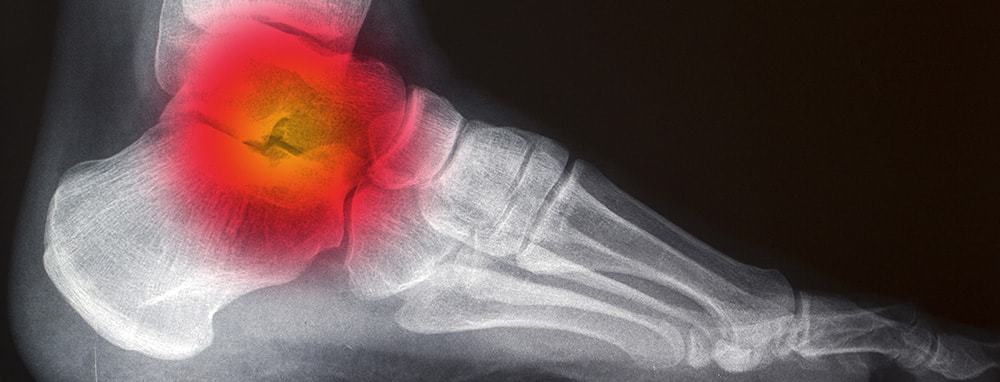Stress Fractures
Don’t take this the wrong way, but it’s true: athletes aren’t always the most patient people. They want to get better now, so they can get back to what they love!
That’s one reason why stress fractures are an especially frustrating injury for active individuals, especially those that don’t have access to more sophisticated treatment options. Stress fractures usually can heal on their own without medical intervention, but it may require weeks or even months of avoiding strenuous activity.
Who has time for that? Not you, that’s for sure.
And that’s why we take a more active approach with treating stress fractures. The goal is to accelerate healing, minimize your down time, and keep you as active as possible throughout the process.
What Are Stress Fractures?

Stress fractures are cracks that develop in bones over time, due to constant pressure and impact forces. Rather than “snapping” in a single impact like most broken bones, they emerge and worsen in response to overuse.
They can technically occur in almost any bone under the right circumstances, but are especially common in the feet and lower legs. That’s because these areas must bear your weight and withstand the forces of standing, running, and jumping.
Often the only noticeable symptom is pain, although you might notice some swelling as well. Discomfort tends to worsen over time, so what starts as a dull ache in a specific spot on your foot may become much more serious in the following weeks or months.
What Causes Stress Fractures?
Stress fractures are a common athletic overuse injury. You are more likely to get stress fractures if you play a sport that involves a lot of running and/or jumping on hard surfaces.
You are also more likely to get stress fractures if you significantly increase the intensity of your exercise in a short timeframe. Weight-bearing and high-impact exercise does help build stronger bones, but it takes time for them to adapt to higher force loads. When you go too hard, too soon, bone tissue gets destroyed faster than it can be replaced, leading to breakdowns.
Soccer players trying to quickly make up for neglected off-season training, runners who significantly increase their mileage week over week, and new military recruits are all good examples of athletes at high risk of stress fractures.
Other risk factors can include:
- Biomechanical imbalance (such as flat arches)
- Weak bones due to osteoporosis or lack of activity
- Poor nutrition, especially deficiencies in Vitamin D and calcium
If you don’t treat them properly and allow them to fully heal, stress fractures will only get worse. In fact, they may become more serious, complete breaks. So please call the Colorado Center for Podiatric Sports Medicine at (720) 600-3380 for an evaluation today
Visit Us
1551 Professional Lane, Ste. 105
Longmont, CO 80501
Contact us
(720) 600-3380 Tel
(720) 306-5430 Fax
Hours
By Appointment Only
© Colorado Center for Podiatric Sports Medicine | Privacy Policy

